No matter how hard I try, I can never escape my redneck past. In fact, the older I get, the more I just embrace it. When you say the words “West Virginia,” three things come to mind: Marrying your sister, John Denver, and kick-ass moonshine. Let me elaborate on these really quickly. First off, I never thought my sister was that hot, John Denver didn’t even write the majority of “Country Roads,” and yes … our moonshine is some of the best this country has to offer.
Before I get started, I need to tell you that it is illegal to make your own moonshine without some very special and expensive permits. Why? Three reasons. First, there are parts of moonshine that are very poisonous. Drink the wrong sections of your batch, and you will go blind and possibly end up permanently mentally incapacitated. Second, alcohol plus fire equals explosions. HOAs normally frown upon homemade stills that burn down half the neighborhood. And third (which is the real reason why it’s illegal), the government can’t tax you on it.
Now that all the legal mumble jumble is out of the way, let’s give you a quick overview of how the real “Mountain Dew” is made.
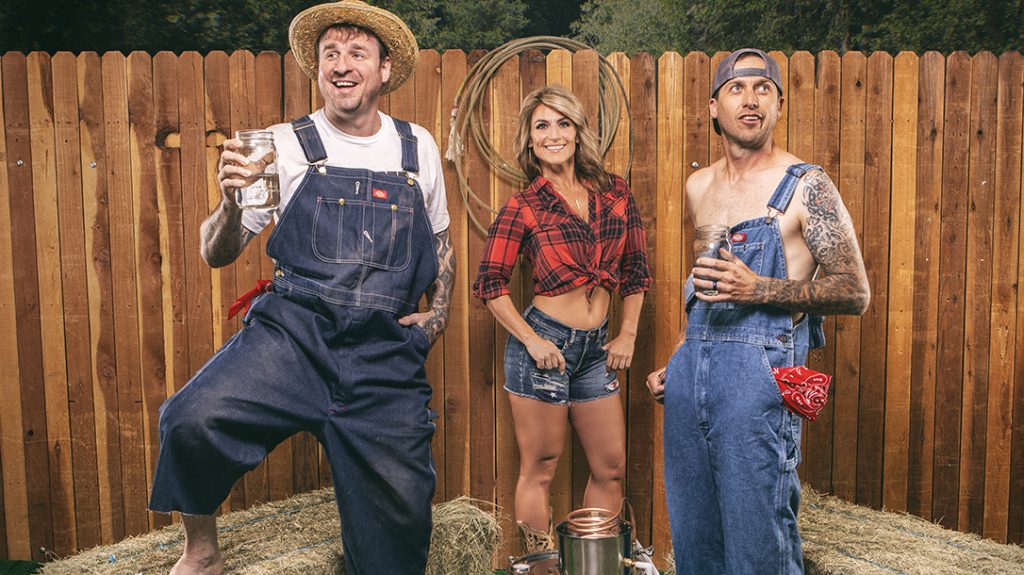
Step 1: Making The Mash
Supplies: water, flaked maize, barley, yeast, a mash pot, buckets with lids, heat source, thermometer, and a wooden spoon
Fill your mash pot with water and bring the temperature up to 165 degrees. Dump in flaked maize and stir for seven minutes. Let that temperature cool to 152 degrees and then dump in the barley. Stir every twenty minutes until it cools to 70 degrees and then add yeast. Aerate your mash by mixing it back and forth between two buckets for about five minutes. Finally, transfer it to a bucket with a lid that has an airlock.
Step 2: Fermentation
Supplies: siphon, hydrometer, cheesecloth
Store the mash for one to two weeks at room temperature. Don’t let it get too cold, since the yeast can go dormant, which will stop the fermentation process. This is where you will use the hydrometer to figure out how much alcohol by volume you’ll produce … but I failed science class, so we normally just wing it. Siphon the liquid out of the bucket and then strain it through cheesecloth into another bucket. Leaving any solid material in your mash water is a no-no.
Step 3: Distilling
Supplies: still, heat source, the strained mash, jugs, and Mason jars
Now, we get to the good stuff! It is time to separate that alcohol into its purified form. Fire up the still and pour in the strained mash water. If your setup is fancy and has a water condenser, you can turn that puppy on at this moment. Crank up the heat until your still starts producing and then adjust the heat until you are getting about three to five drips a second. At that point, sit back and let that Kentucky Creek Water roll in!
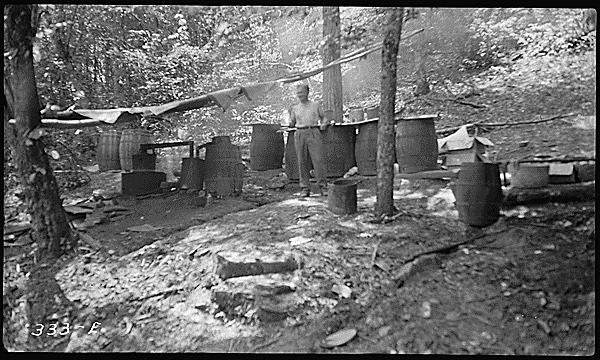
Step 4: Go Straight For The Heart!
As we mentioned at the beginning, not all your shine is drinkable. A batch is broken down into four parts. The first five percent is called the “Foreshots.” It contains methanol and will cause blindness, impotence, and other huge medical problems. Collect this in a separate container and toss it out!
The next 30 percent of the production is called the “Heads.” Is it drinkable? Yes, but it will cause a nasty hangover. It will have a “solvent” smell, and it is just best to throw it out or give it to the winos down by the river.
The middle 30 percent is getting to the sweet nectar of the hillbilly gods. This is called the “Hearts.” The smell and flavor of this lightning should be smooth and sweet. This is the stuff that will make your face “shine”!
The last 35 percent of your batch is called the “Tails.” Like the Heads, this part really isn’t recommended for drinking. You will notice a drop in sweetness, and you will also begin to see an oily layer on top of your shine. Again, it is best to toss this part out the back window of your shed or else give it to your new neighbors from California.
So there you go, a quick, down-and-dirty overview of the process of making some Honky-Tonk Hooch! For even more detailed instructions, hit the Google button on the ole Internet machine or find any redneck who lives in the Blue Ridge Mountains. Yee-haw!
This story first ran in Skillset Magazine on March 17, 2021.
Read Next: How to Make Kombucha at Home

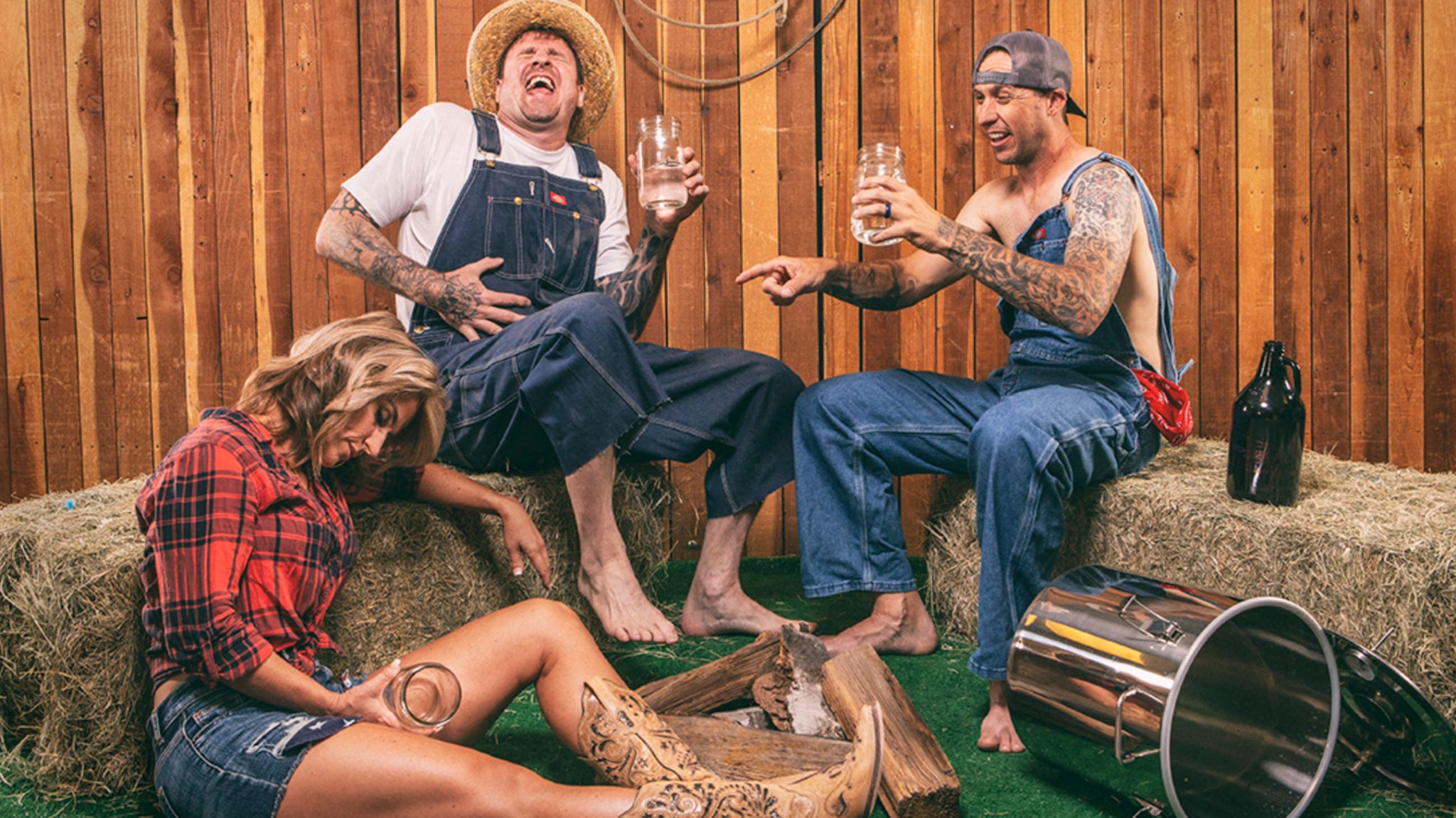


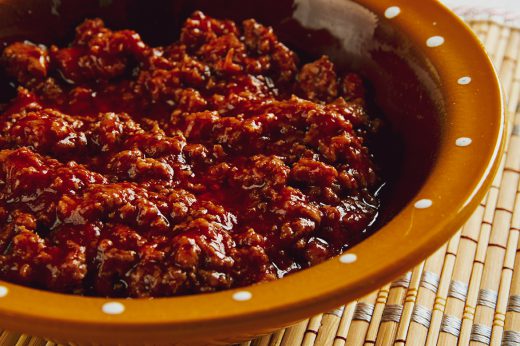
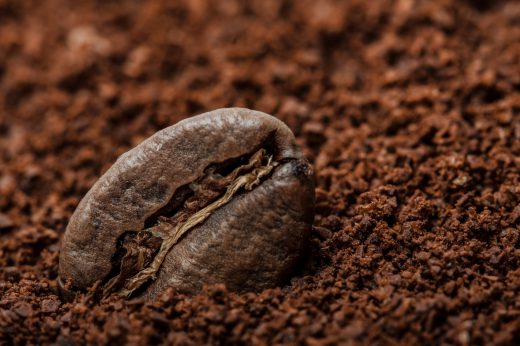


Comments